Formula 1 introduced the budget cap to reduce the performance gap between the small and the big teams. It acted as an equalizer by limiting the top teams like Mercedes, Ferrari, and Red Bull from splurging $200 to $300 million on car development, while smaller teams like Williams and Haas could not spend even half of that.
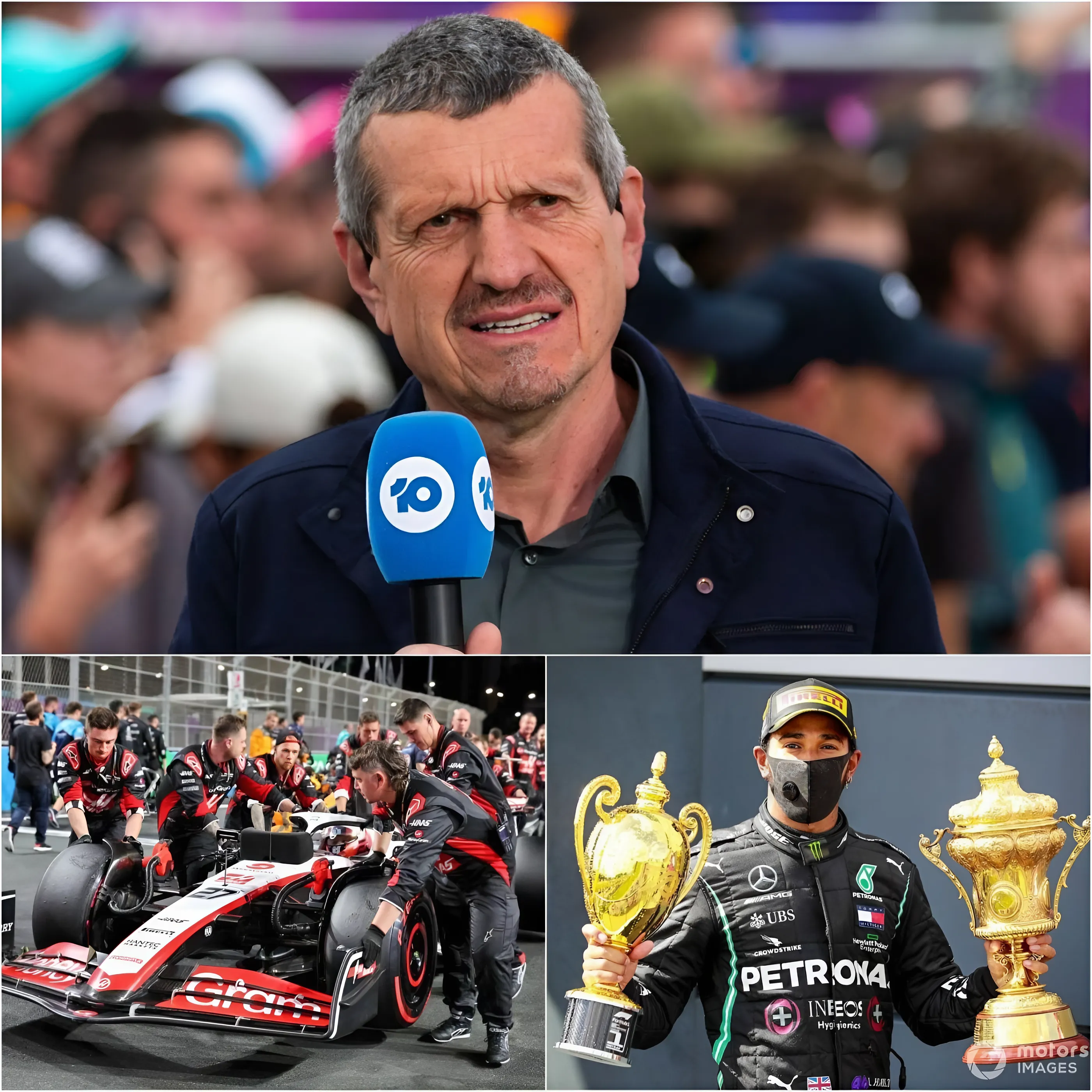
However, since the budget cap of $145 million (2021), which has come down to $135 million currently, has come into effect, none of these smaller teams have managed to make a huge step forward. Guenther Steiner revealed why that has been the case on Joe Pompliano’s YouTube channel. The former Haas boss stated,
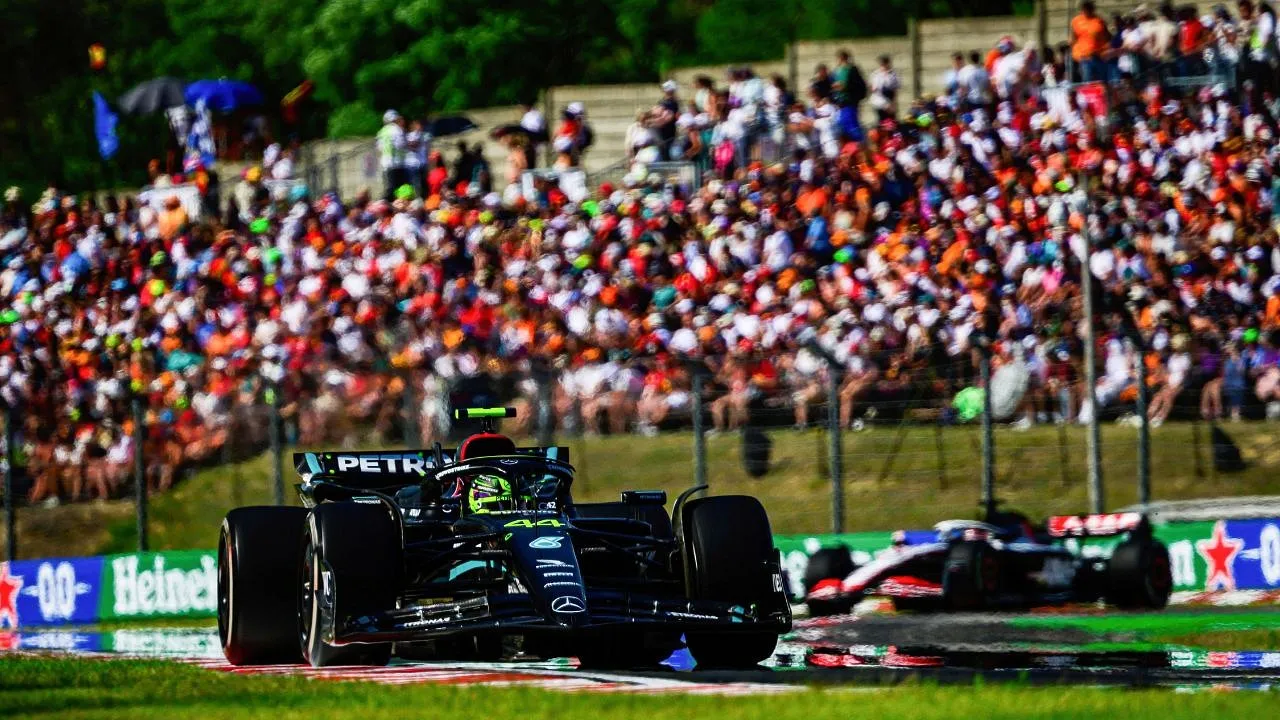
“The budget cap has brought the teams much closer together. But the big teams, they still have got their infrastructure which is just so much more developed over decades of being in the sport.”
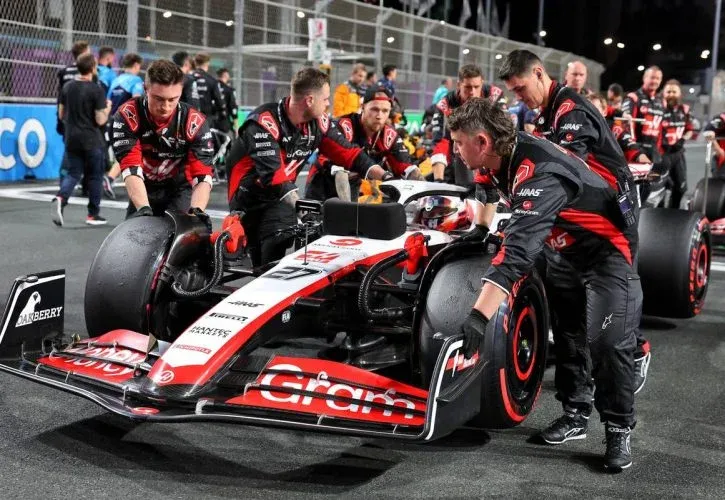
Steiner believes it is their infrastructure that gives them the edge and a better foundation to retain their performance advantage. However, Steiner agreed that the $135 million cost cap has brought the overall field a lot closer in terms of performance.
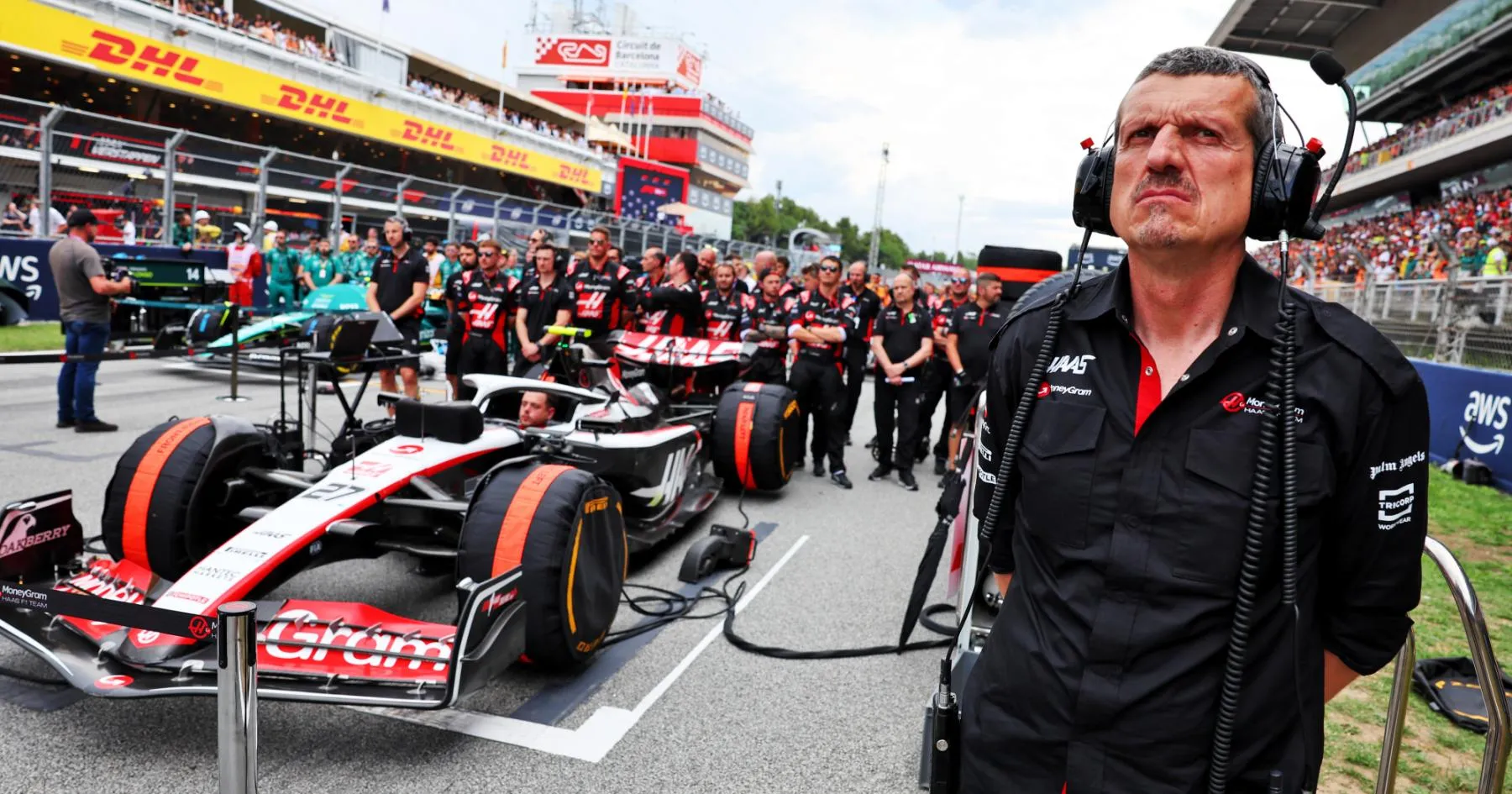
He gave an example of how the field spread in qualifying is only one second, covering 20 cars on several occasions this season. However, the smaller teams still have considerable ground to cover, be it just 0.3 to 0.4 seconds.
And their lack of state-of-the-art infrastructure such as wind tunnels and manufacturing factories is handicapping their progress. However, the American-Italian stated that the cost cap has a separate provision for capital expenditure to invest in infrastructure.
As a result, teams like Williams are trying to utilize that to develop their foundations and take a step up in performance in the long term. However, it won’t happen overnight for them or for any other small team like Haas or Sauber.
The impact of the budget cap in F1
Before the introduction of the budget cap in 2021, teams like Mercedes and Ferrari used to splurge money to improve on their weaknesses. They may bring upgrades to almost every race weekend, courtesy of this huge spending. Meanwhile, the smaller teams could simply not afford to do so.
Thus, the budget cap has leveled the playing field on that front, with even the top teams now having to limit their upgrade packages over a season. On top of that, every crash or car damage any team suffers can cost them heavily with the cost cap limit.
As a result, all teams have to be wary of their usage of spare parts and chassis and balance them out with the new upgrade parts they wish to bring to their cars. Although it doesn’t pull back the top teams from finding performance, it does enforce a ceiling that they cannot afford to exceed.
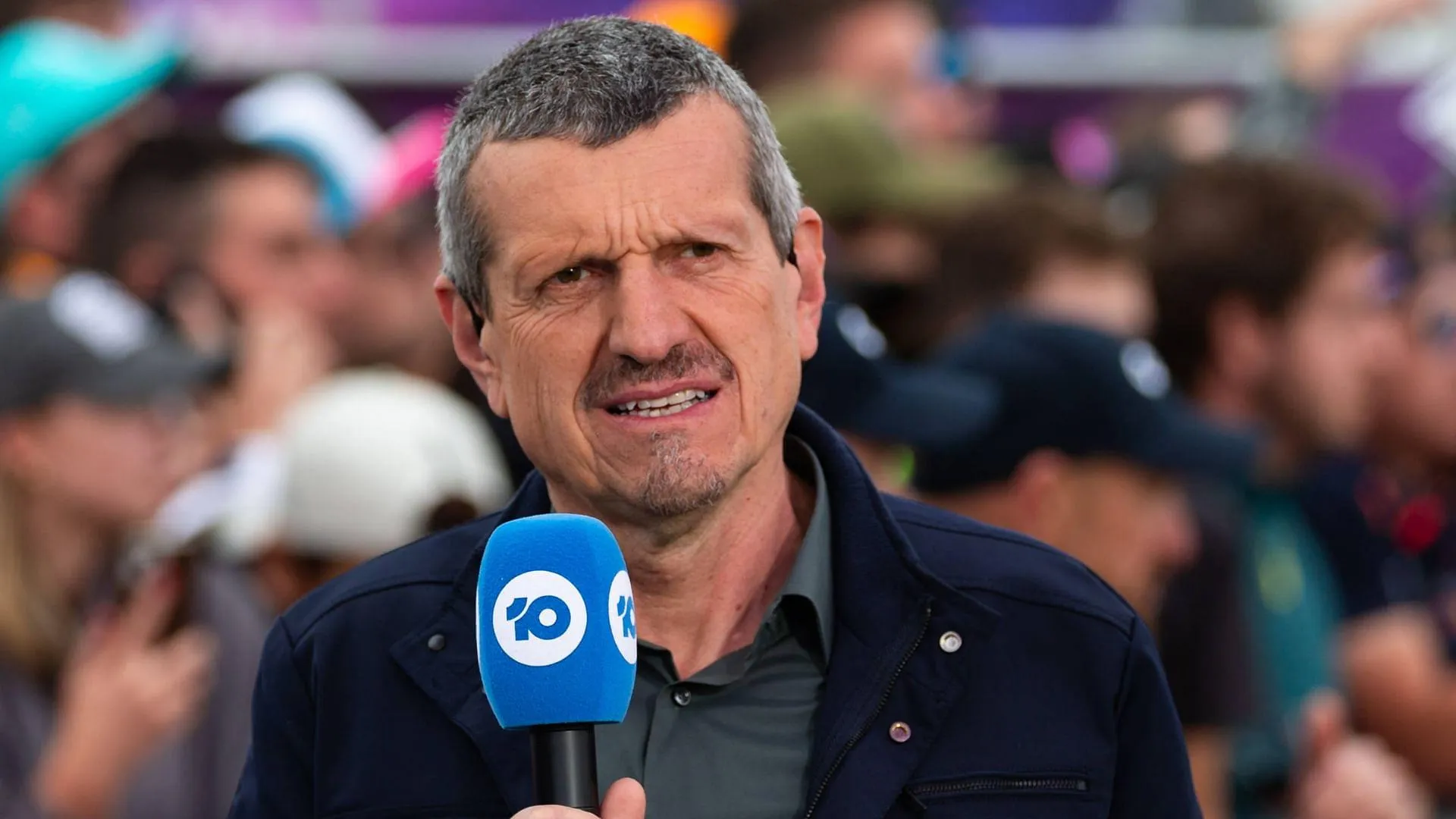
Meanwhile, as mentioned earlier, the smaller teams are now smartly looking to use the capital expenditure provisions to bolster their infrastructure relative to the top teams. If they succeed in doing so over the next few years, the issue Steiner mentioned about the top teams having an infrastructural advantage may slowly begin to reduce.



 HOT : Helen Mirren criticizes James Bond for its serious sexism.
HOT : Helen Mirren criticizes James Bond for its serious sexism.

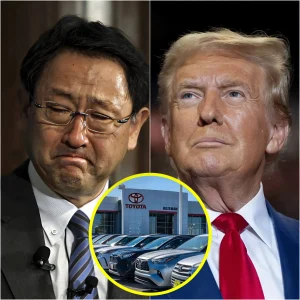
 EXPLOSIVE: Trump’s tariff strike is “devastating,” Asian car manufacturers are heavily impacted, and the “giant” Toyota is in tears.
EXPLOSIVE: Trump’s tariff strike is “devastating,” Asian car manufacturers are heavily impacted, and the “giant” Toyota is in tears.